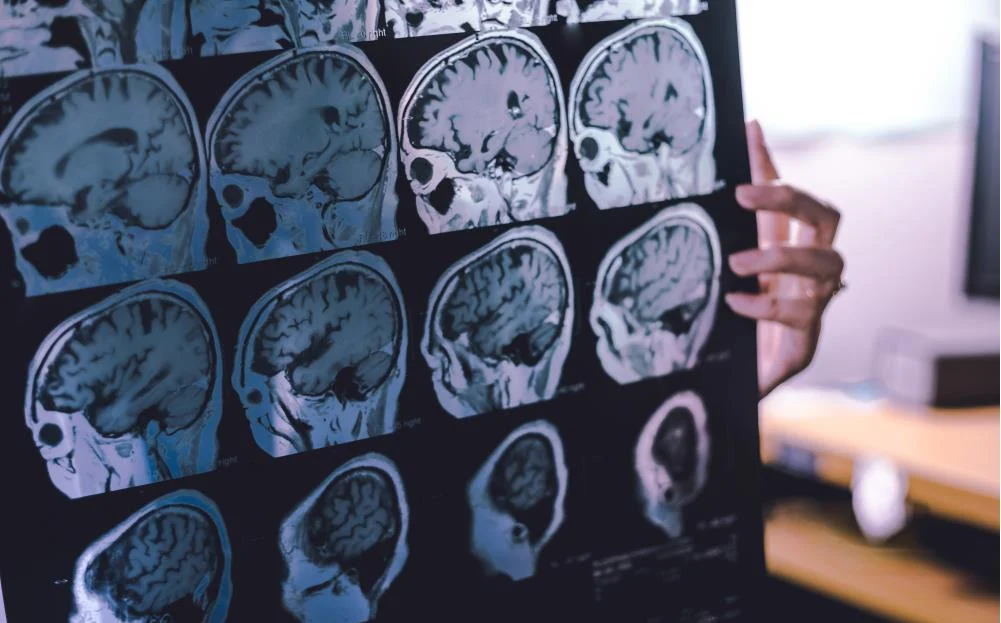The severe Wuhan coronavirus (COVID-19) lockdown in Shanghai is now affecting global healthcare as it devastates the supply of medical dye, which is necessary for organs and tissues to be visible in medical images.
Medical dye or contrast dye, also called medical imaging contrast or contrast agent, is a substance necessary for medical imaging tests. It allows organs and tissues to be clearly seen by physicians.
According to a spokesperson for General Electric (GE) Healthcare, the supply squeeze is severely affecting hospitals not just in the United States but also in Germany and other regions of the world.
GE Healthcare sources its medical dye from its production facility in Shanghai. Unfortunately, due to the ongoing lockdown in the city, the plant has been unable to operate for weeks now.
In response, GE Healthcare has pressed its other production facility in Ireland to massively ramp up its production of dye agents and to send the products to hospitals immediately through expedited freight shipments.
“We are working around the clock to expand capacity of our iodinated contrast media products, including drawing on our global manufacturing network,” noted GE Healthcare’s spokesman.
Crucial medical tests being postponed due to shortage
As healthcare companies work overtime to shore up or recover lost supplies, many hospitals are already being forced to postpone imaging procedures for their patients.
In Pennsylvania, multiple health networks have recently sent out notices or posted reminders on their websites that all non-emergency and outpatient imaging procedures have been postponed because of the shortage in intravenous imaging contrast. Other health networks are offering alternative tests for their patients.
“Our doctors will work with their patients to determine whether they may benefit from non-contrast CT scans or alternate tests, such as ultrasounds, MRI or nuclear scans,” Barbara Schindo, spokesperson for Penn State Health, stated in an email.
In the MemorialCare Health System, Chief Medical Officer Dr. James Leo said that although the shortage has yet to impact his health network, they are already preparing for the inevitable effects of constricted supply.
“We have asked all our physician colleagues to reduce contrast utilization wherever possible, such as choosing approved alternate imaging methods when appropriate, and only using IV contrast when no other substitute is available,” said Leo. “Our physicians also are working alongside our radiology teams to develop conservation protocols, to avoid waste.”
“[This is] something I never would have dreamed would have ever happened in my career,” said Dr. Joy Henningsen, a diagnostic radiologist in Alabama. “We are having to triage and essentially ration care due to lack of supply of a basic diagnostic necessity.”
“In triage, you always prioritize life-or-death situations above all else, and that’s exactly what we’re doing during this shortage,” she continued. “Iodinated IV contrast is very precious right now, so we’re saving it for things like severe bleeding, severe trauma, procedures in the angiography lab.”
Henningsen added that she finds it difficult to imagine any hospital in the U.S. not even slightly affected by the shortage in medical dyes. “Most patients sick enough to be in the hospital require regular medical imaging utilizing iodinated IV contrast,” she explained.
“Then there are the countless people showing up at hospitals every day of the week with new symptoms waiting for new diagnoses, not to mention patients with known diagnoses being imaged serially for surveillance,” said Henningsen.
Nancy Foster, vice president for quality and patient safety policy at the American Hospital Association, said normal production of medical dyes is not expected to resume until late June at the earliest. Until then, hospitals are being advised to implement conservation strategies such as rationing the dyes and postponing non-emergency scans.
“We are already reeling from delayed diagnoses due to many patients skipping routine screening exams at the beginning of the pandemic, so another large setback at the population level delaying time of diagnosis could be significant,” said Henningsen. “It’s always better for the patient the earlier the disease is detected.”
For the latest news about China and the ongoing COVID-19 lockdowns there, visit CommunistChina.news.
Watch this compilation video showing what is currently happening in locked down Shanghai.
This video is from the channel Truthchannel on Brighteon.com.
(Article by Arsenio Toledo republished from Citizens.news)
